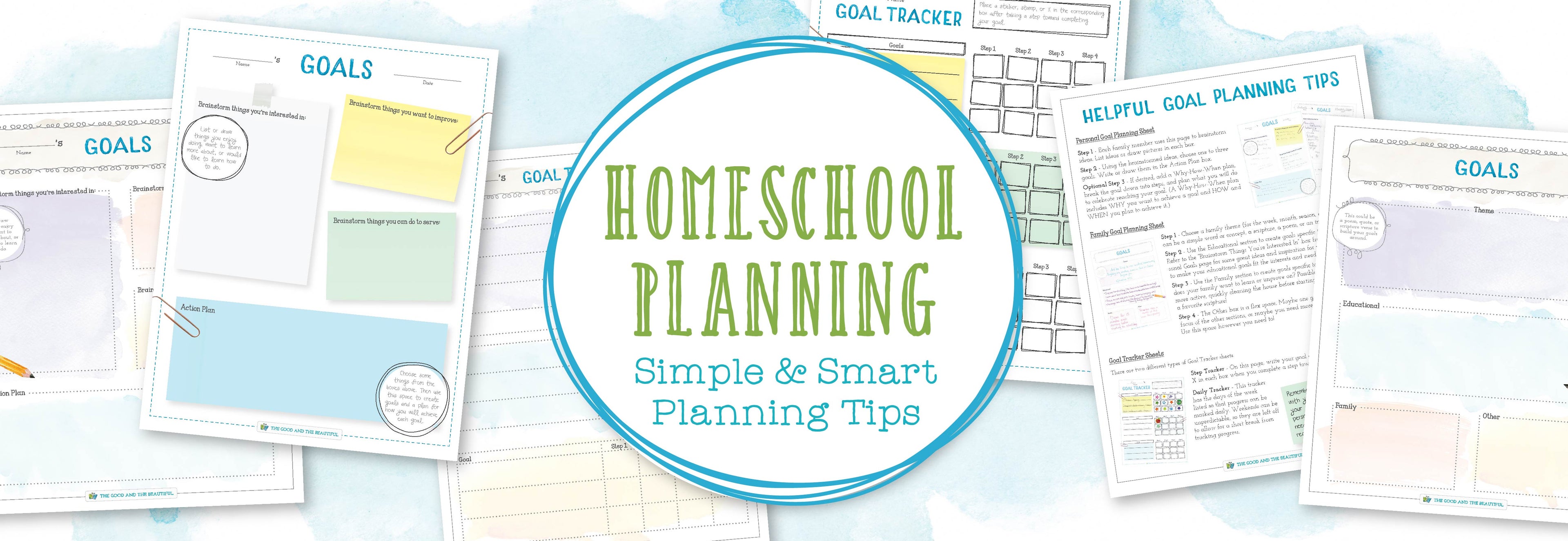
Let’s talk about planning your homeschool year!
First, it’s important to find the right balance. Both under planning and overplanning can cause homeschooling to be less effective and more stressful.
Decide on your homeschool philosophy, curriculum, schedule, and if you want, a specific focus for the year. Each of these elements affects your overall homeschool plan, and understanding your homeschool goals ahead of time makes planning simpler.
How to Plan a Homeschool Year
We are here to help! Here's a list of our top 7 questions to think about as you begin planning your homeschool year. Read this post in its entirety for answers to these common questions.
- How do I set goals for the school year?
- Which homeschool philosophy should I use?
- How do I choose my curriculum?
- When should I take breaks during the school year?
- How do I plan a daily and weekly schedule?
- Should I plan a theme or focus for the school year?
- Do I need a homeschool planner?
1. How do I set goals for the school year?
When initially planning your homeschool year, consider making goals for your family and with your children individually. Keep the goals few and simple, as too many complicated goals can be ineffective. Break yearly goals into monthly goals and even into smaller time frames if necessary.
- First: Sit down with each child individually to discuss the goals or accomplishments he or she would like to achieve.
- Second: Make a brief list of goals for your family’s homeschool year.
- Third: Review these goals with your children after each term. Discuss what worked and what didn’t, and make any needed adjustments.
Be sure to download our free homeschool goal-setting pages below, which offer additional tips about setting and tracking goals.
2. Which homeschool philosophy should I use?
How do you decide whether to implement a Charlotte Mason, classical, or unschooling homeschool approach? It’s up to you! Your family can use a single philosophy, a combination, or even no certain philosophy at all.
-
The Good and the Beautiful approach focuses on wholesome, powerful literature and art; is faith-based; is academically strong but not overly rigorous; and strengthens both the heart and the mind. Learn more about how we incorporate Charlotte Mason-inspired methods into our curriculum at this link.
-
Don’t feel as if you need to follow a specific philosophy exactly. Every child and family is different. Sticking strictly to one certain method of doing things may cause stress and block inspiration from God.
Whatever approach you choose, we recommend avoiding extremes. Look for a healthy balance of structure and rigor as well as exploration and creativity.
3. How do I choose my curriculum?
The resources you choose are key to your homeschool planning success. Here are tips to consider when choosing homeschool curriculum.
- Look for a curriculum that is truly open and go like The Good and the Beautiful. Teaching AND lesson planning leaves little to no time for your emotional, social, and spiritual needs. Running low on these essential elements makes it hard to be a good teacher.
- In curriculum choices, we recommend you find a good balance between strong academics, fun, and creativity.
- Remember, you don’t have to follow any curriculum exactly. Always feel free to skip or modify content. If you are brand-new to homeschooling and don’t know how to modify lessons, just follow the lessons as they are laid out. Eventually, you will start to see when you might need to modify them.

4. When should I take breaks during the school year?
Public schools are usually in session for 36 weeks a year. Homeschooling, however, can be so much more effective at packing in learning in a shorter amount of time.
We suggest homeschooling for about 30 weeks during a year, unless your state has specific requirements. Find more about your state’s homeschooling laws here.
The Good and the Beautiful core subjects of math and language arts are each 120 lessons long. If you complete a single lesson 4 days a week, you’ll finish in 30 weeks.
Consider these tips for taking breaks:
- It’s nice to leave some homeschool breaks unscheduled. Burnout and unexpected plans do happen! Consider family health issues, home remodels, and a wide variety of other situations that may pop up.
- Some people like to follow or loosely follow the local school schedule so children’s breaks match the breaks of other children in their area, including family and friends.
- On the other hand, some families like to take time off from homeschooling when everyone else is in school to beat the crowds for outings and vacations.
5. How do I plan a daily and weekly schedule?
What about your daily and weekly schedules? We believe every homeschool needs a proper balance of structure. Children thrive on routine and structure, and teaching your children to have structure, purpose, and routine in their lives can be a great blessing.
WHAT the structure looks like, however, varies greatly per family. It might even vary in your own family quite a bit from year to year. See our videos “How to Organize a Homeschool Day” and "Sample Homeschool Schedules" below for great information on this subject.
6. Should I plan a theme or focus for the school year?
Some homeschool families make a mission statement or have a theme for each homeschool year. Your theme can be based on a Bible verse, quote, or character trait. Planning a theme or focus for the school year can be great IF you keep it simple rather than something that makes homeschooling less joyful and more complicated.
However, you don’t need to work hard to create a character-building theme if your curriculum already provides it! A curriculum rich in strong moral values and quality literature helps children learn so many beautiful and powerful ideas just from their lessons each day.
7. Do I need a homeschool planner?
Some people like using a planner and some don’t. It’s up to you!
Many people who use The Good and the Beautiful curriculum do not use a planner or have a simple one to track state requirements. The Good and the Beautiful curriculum is open and go, with exactly the right number of lessons for a school year. There is little need to make complex plans in order to have a rich homeschool experience when using our curriculum.
If you do use a full-year planner, here are some tips:
- Don’t schedule too far out—life almost always alters your well-laid plans. It is good to have a general idea of what you want to cover during the year. But we highly suggest not planning out exactly which lessons you are going to teach on which days or weeks for the whole year.
- Use pencils or erasable pens. Your plans will change, and being able to erase keeps your planner looking cleaner.
- Don’t let a planner be the master of your homeschool—let your children’s needs direct the plans. If your child wants to do another lesson in math, you should feel like you can. However, if your child needs to slow down, your planning should be flexible enough for that too.
Even if you DON’T use a dedicated homeschool planner, you can still do some types of simple planning. For example, create a schedule you follow each week and simply modify it each day as needed. Learn more about scheduling in the “Sample Homeschool Schedules” blog post and video.
We hope this information is helpful! It’s exciting to think of each one of you getting ready for your own unique homeschool year.

And just a little more advice from our founder, Jenny Phillips:
* Don’t forget to ask for God’s guidance often. *
* No matter how you plan your school year, make sure it includes lots of rich, uplifting literature. That is one of the greatest and easiest ways to strengthen the heart and mind. *
You may also like . . .
Related Posts
-

O Christmas Tree
Take a walk through the wintry mountains and celebrate the Christmas season as you sing along with this lovely arrangement of “O Christmas Tree,” brought to you by The Good...
O Christmas Tree
Take a walk through the wintry mountains and celebrate the Christmas season as you sing along with this lovely arrangement of “O Christmas Tree,” brought to you by The Good...
Read more O Christmas Tree -

Stress-Free Housecleaning
Is your daily to-do list feeling overwhelming? Dishes piled in the sink, toys scattered on the floor, loads of laundry to do, and dinner to make—and homeschool the kids? Like...
Stress-Free Housecleaning
Is your daily to-do list feeling overwhelming? Dishes piled in the sink, toys scattered on the floor, loads of laundry to do, and dinner to make—and homeschool the kids? Like...
Read more Stress-Free Housecleaning -
 2 comments
2 commentsWhy Homeschool Parents Are So Effective Without...
“Am I qualified to teach my child?” and “Do I need a teaching degree?” are two commonly asked questions among homeschool parents. Jenny Phillips shares some very reassuring statistics about...
2 commentsWhy Homeschool Parents Are So Effective Without...
“Am I qualified to teach my child?” and “Do I need a teaching degree?” are two commonly asked questions among homeschool parents. Jenny Phillips shares some very reassuring statistics about...
Read more Why Homeschool Parents Are So Effective Without Teaching Degrees -
 1 comment
1 commentWhat a Friend We Have in Jesus
Sing along with this delightful illustrated video of the beloved hymn “What a Friend We Have in Jesus.” Then print and read about the story behind this encouraging song. Jesus...
1 commentWhat a Friend We Have in Jesus
Sing along with this delightful illustrated video of the beloved hymn “What a Friend We Have in Jesus.” Then print and read about the story behind this encouraging song. Jesus...
Read more What a Friend We Have in Jesus -

4 Ways I Fixed Homeschool Meltdowns
Meltdowns can and do happen in any homeschool, but it doesn’t mean throwing in the towel! In this blog post and video, Jenny Phillips shares four ways you can address...
4 Ways I Fixed Homeschool Meltdowns
Meltdowns can and do happen in any homeschool, but it doesn’t mean throwing in the towel! In this blog post and video, Jenny Phillips shares four ways you can address...
Read more 4 Ways I Fixed Homeschool Meltdowns -

4 Ways to Help Your Homeschooler Focus
How can you help your homeschooler focus on lessons when distractions are everywhere? Jenny Phillips shares four quick tips for keeping your homeschooler on task.
4 Ways to Help Your Homeschooler Focus
How can you help your homeschooler focus on lessons when distractions are everywhere? Jenny Phillips shares four quick tips for keeping your homeschooler on task.
Read more 4 Ways to Help Your Homeschooler Focus -
 3 comments
3 commentsHow Do You Celebrate the First Day of Homeschool?
Homeschooling is a blessing in so many ways. The first day of homeschool each year is full of excitement—and maybe a little apprehension. In this blog post we’ve created a...
3 commentsHow Do You Celebrate the First Day of Homeschool?
Homeschooling is a blessing in so many ways. The first day of homeschool each year is full of excitement—and maybe a little apprehension. In this blog post we’ve created a...
Read more How Do You Celebrate the First Day of Homeschool? -

How to Know if Your Homeschooler Is Ready for S...
Many parents wonder, “How can I tell if my child is ready for self-directed work?” Here are some ways to tell if they’re ready, plus tips to help them prepare...
How to Know if Your Homeschooler Is Ready for S...
Many parents wonder, “How can I tell if my child is ready for self-directed work?” Here are some ways to tell if they’re ready, plus tips to help them prepare...
Read more How to Know if Your Homeschooler Is Ready for Self-Directed Work -
 64 comments
64 commentsGood and Beautiful Songs
The Good and Beautiful Songs page contains favorite hymns, Bible songs, nursery rhymes, learning songs, Christmas songs, and calming music. Watch the beautiful and engaging music videos, learn about the...
64 commentsGood and Beautiful Songs
The Good and Beautiful Songs page contains favorite hymns, Bible songs, nursery rhymes, learning songs, Christmas songs, and calming music. Watch the beautiful and engaging music videos, learn about the...
Read more Good and Beautiful Songs -
 24 comments
24 commentsDoes a Faith-Based Education Really Matter?
Does faith-based education really matter or make a difference? In this blog post and video, Jenny Phillips answers these questions and more. She shares how a faith-based education completely and...
24 commentsDoes a Faith-Based Education Really Matter?
Does faith-based education really matter or make a difference? In this blog post and video, Jenny Phillips answers these questions and more. She shares how a faith-based education completely and...
Read more Does a Faith-Based Education Really Matter? -
 111 comments
111 commentsYou Can Homeschool
Beginning homeschooling can feel overwhelming, but with The Good and the Beautiful, you can homeschool! In this video, Jenny Phillips shares how you can overcome some common limiting beliefs about...
111 commentsYou Can Homeschool
Beginning homeschooling can feel overwhelming, but with The Good and the Beautiful, you can homeschool! In this video, Jenny Phillips shares how you can overcome some common limiting beliefs about...
Read more You Can Homeschool -
 1 comment
1 commentAll Things Bright and Beautiful
Sing along with The Good and the Beautiful Kids Choir in this lovely arrangement of All Things Bright and Beautiful. From little flowers and singing birds to running rivers and...
1 commentAll Things Bright and Beautiful
Sing along with The Good and the Beautiful Kids Choir in this lovely arrangement of All Things Bright and Beautiful. From little flowers and singing birds to running rivers and...
Read more All Things Bright and Beautiful -
 11 comments
11 commentsThe Gift of Time Through Homeschooling
Homeschooling gives children and families the valuable gift of time. Jenny Phillips discusses how homeschooling allows children to grow at their own pace, develop and explore interests, and strengthen family...
11 commentsThe Gift of Time Through Homeschooling
Homeschooling gives children and families the valuable gift of time. Jenny Phillips discusses how homeschooling allows children to grow at their own pace, develop and explore interests, and strengthen family...
Read more The Gift of Time Through Homeschooling -
 1 comment
1 commentBattle Hymn of the Republic
His truth marches on in the bold lyrics of “Battle Hymn of the Republic.” This original arrangement from The Good and the Beautiful is performed by Life in 3D. Find...
1 commentBattle Hymn of the Republic
His truth marches on in the bold lyrics of “Battle Hymn of the Republic.” This original arrangement from The Good and the Beautiful is performed by Life in 3D. Find...
Read more Battle Hymn of the Republic -
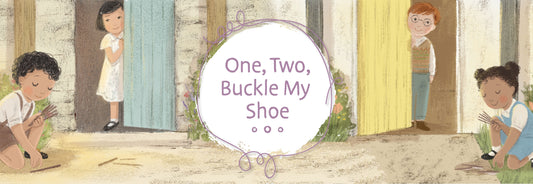
One, Two, Buckle My Shoe
Sing along with the classic rhyme “One, Two, Buckle My Shoe” in this beautifully illustrated video only from The Good and the Beautiful. Then print the lyrics and read about...
One, Two, Buckle My Shoe
Sing along with the classic rhyme “One, Two, Buckle My Shoe” in this beautifully illustrated video only from The Good and the Beautiful. Then print the lyrics and read about...
Read more One, Two, Buckle My Shoe -

There Is Sunshine in My Soul Today
See Jesus all around you in the hymn, “There Is Sunshine in My Soul.” Desi and Seli of Elenyi Music, accompanied by pianist Jamie Johnson, sing about the beauty of...
There Is Sunshine in My Soul Today
See Jesus all around you in the hymn, “There Is Sunshine in My Soul.” Desi and Seli of Elenyi Music, accompanied by pianist Jamie Johnson, sing about the beauty of...
Read more There Is Sunshine in My Soul Today -

Here We Go Round the Mulberry Bush
Help your preschooler develop good morning habits with the song “Here We Go Round the Mulberry Bush.” Watch and sing along with this adorable illustrated video to make getting ready...
Here We Go Round the Mulberry Bush
Help your preschooler develop good morning habits with the song “Here We Go Round the Mulberry Bush.” Watch and sing along with this adorable illustrated video to make getting ready...
Read more Here We Go Round the Mulberry Bush -
 2 comments
2 commentsHaving Homeschool Doubts?
As homeschool parents, we know how important our job is, and it's so common to worry that we will mess something up. Now that I have raised three of my...
2 commentsHaving Homeschool Doubts?
As homeschool parents, we know how important our job is, and it's so common to worry that we will mess something up. Now that I have raised three of my...
Read more Having Homeschool Doubts? -

God Moves in a Mysterious Way
God moves in our lives in mysterious ways. From storms at sea to the clouds overhead to the sweet flowers in the fields, He is with you. Print the lyrics...
God Moves in a Mysterious Way
God moves in our lives in mysterious ways. From storms at sea to the clouds overhead to the sweet flowers in the fields, He is with you. Print the lyrics...
Read more God Moves in a Mysterious Way -
 4 comments
4 commentsMaster, the Tempest Is Raging
When waves come crashing at your feet, calm your heart in the storms of life with the same words Jesus spoke to the raging sea: “Peace, be still.” Feel that...
4 commentsMaster, the Tempest Is Raging
When waves come crashing at your feet, calm your heart in the storms of life with the same words Jesus spoke to the raging sea: “Peace, be still.” Feel that...
Read more Master, the Tempest Is Raging
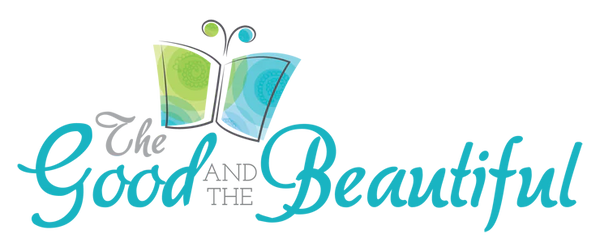
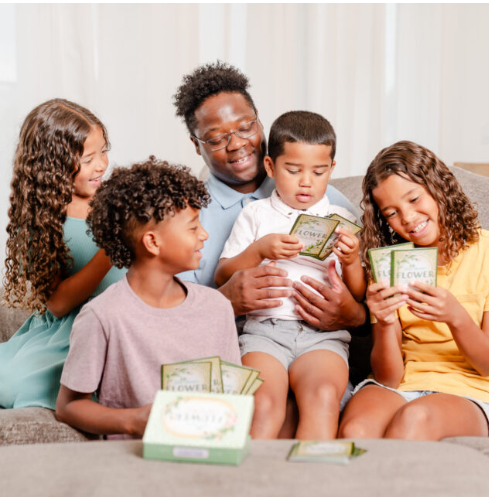
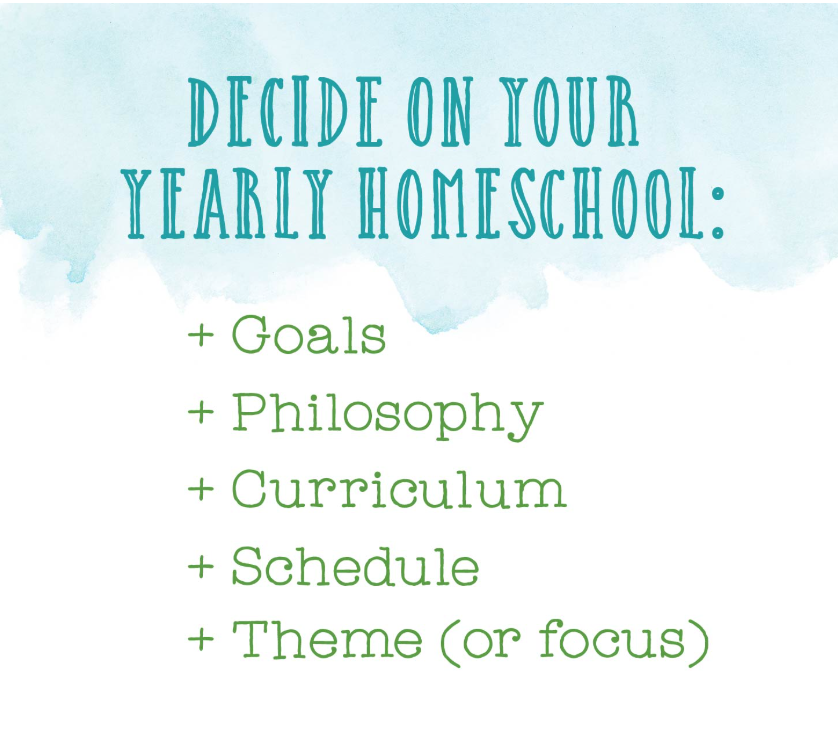
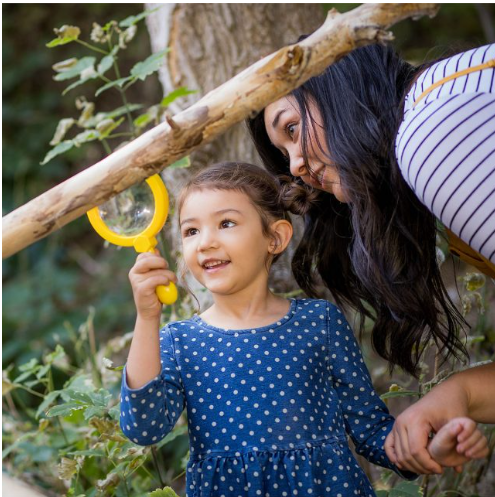
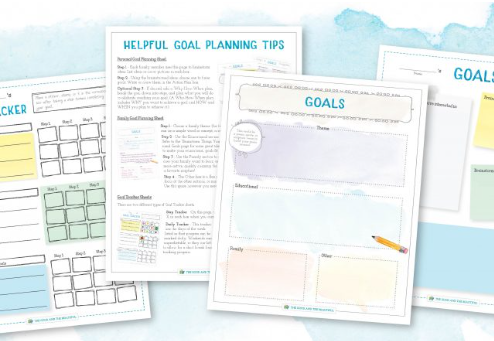
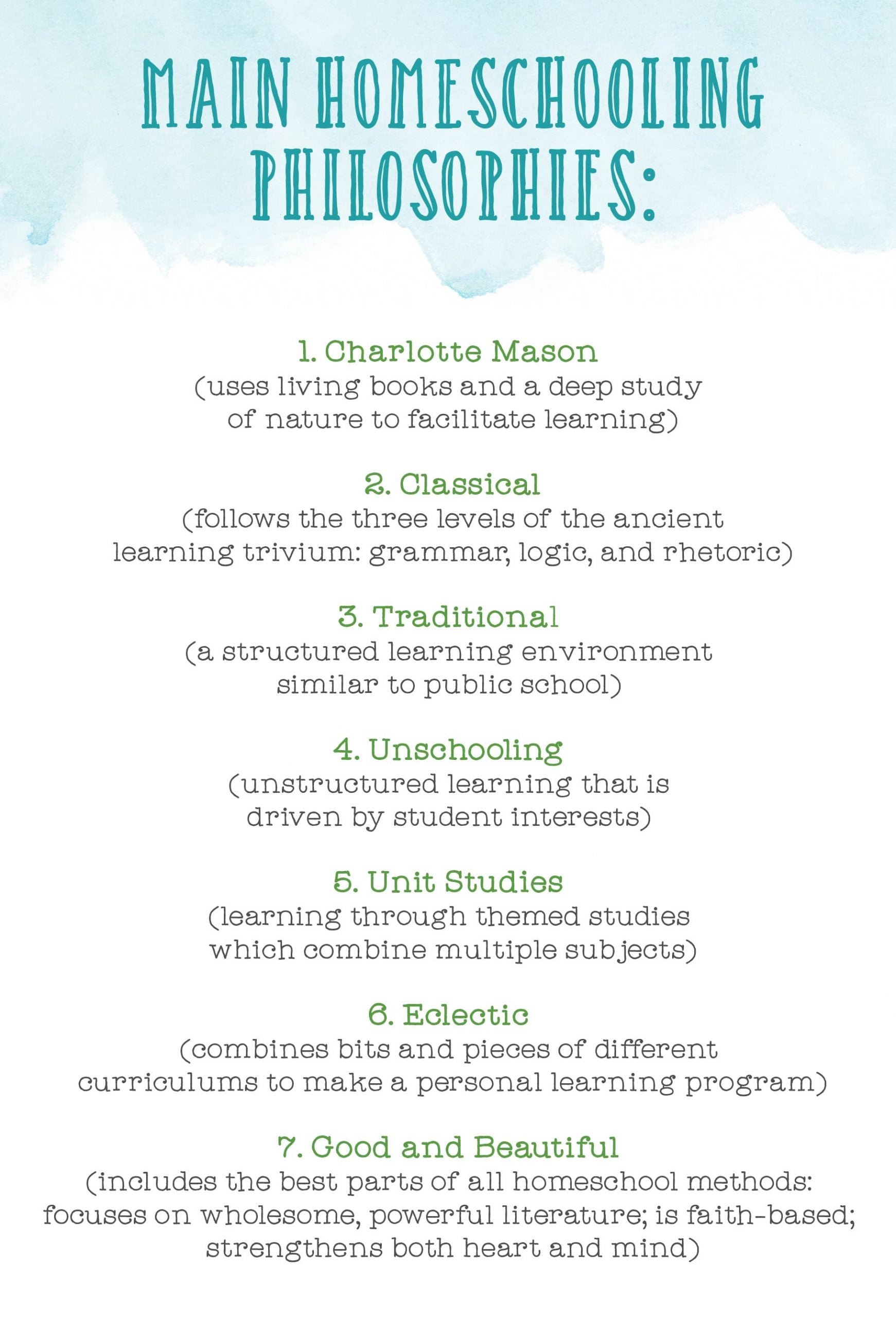


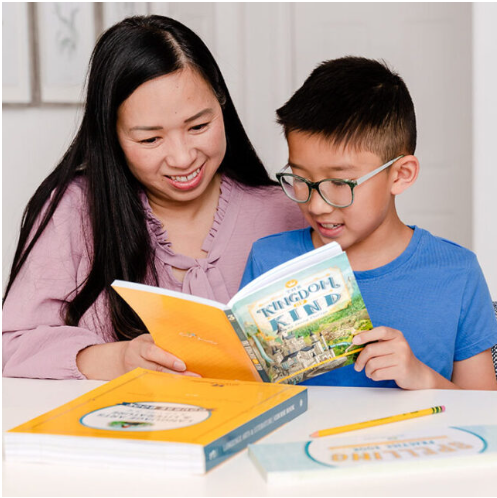
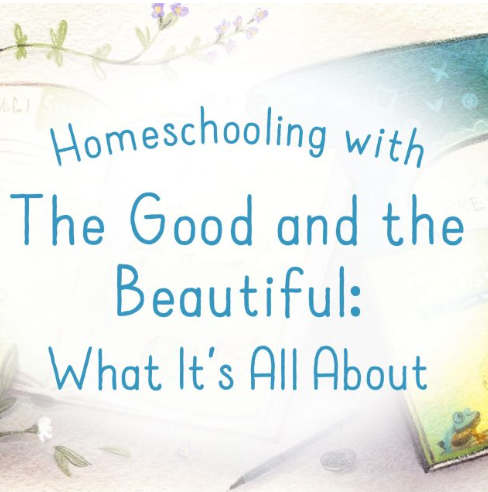
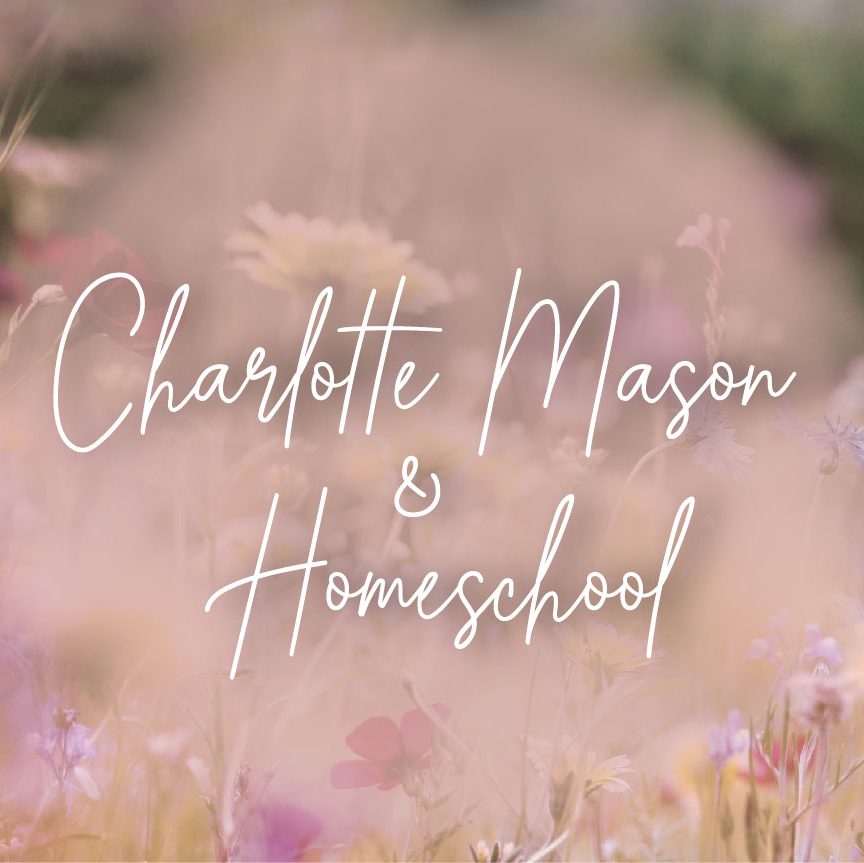
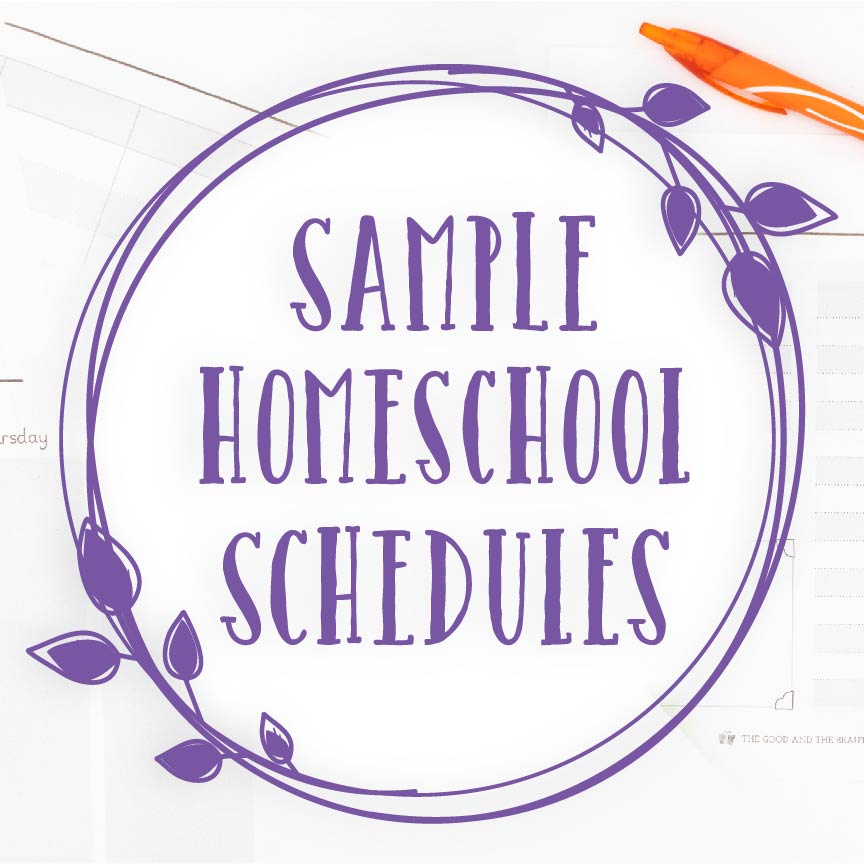
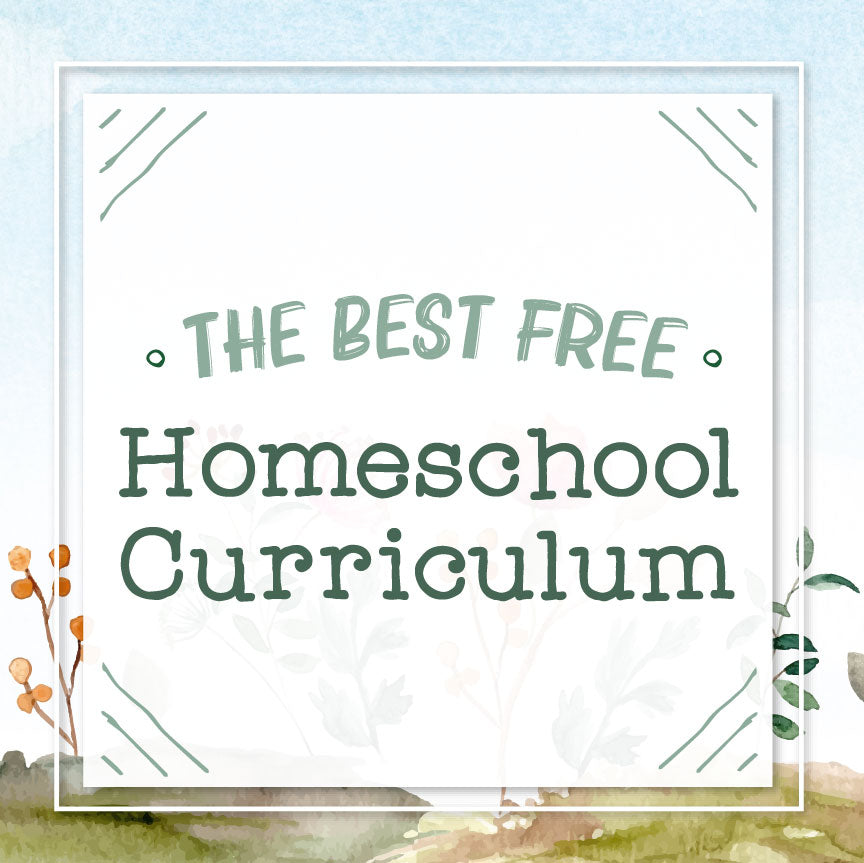




















35 comments
I just started using the preschool curriculum with my son and so far he loves it! The songs are great and I have heard all good things about this curriculum that I’m excited to dive in more as my kids age!
So excited to start this curriculum!!
So excited to start this curriculum!!
Through out my homeschool journey, I have found that it is good to plan ahead because it makes the days and weeks go smoothly. But that it is also ok to enjoy the moment and homeschool can be anywhere and anything! There is so much for the children to learn from everyday encounters and experiences that will give them valuable lessons and insights into the world. I’m still learning everyday but I know that my children can look back and say they had a great childhood and I was there for every moment of it!
This year it will be our second year homeschooling. We are loving TGTB! Thank you for the extra tips and resources to help us along the way!